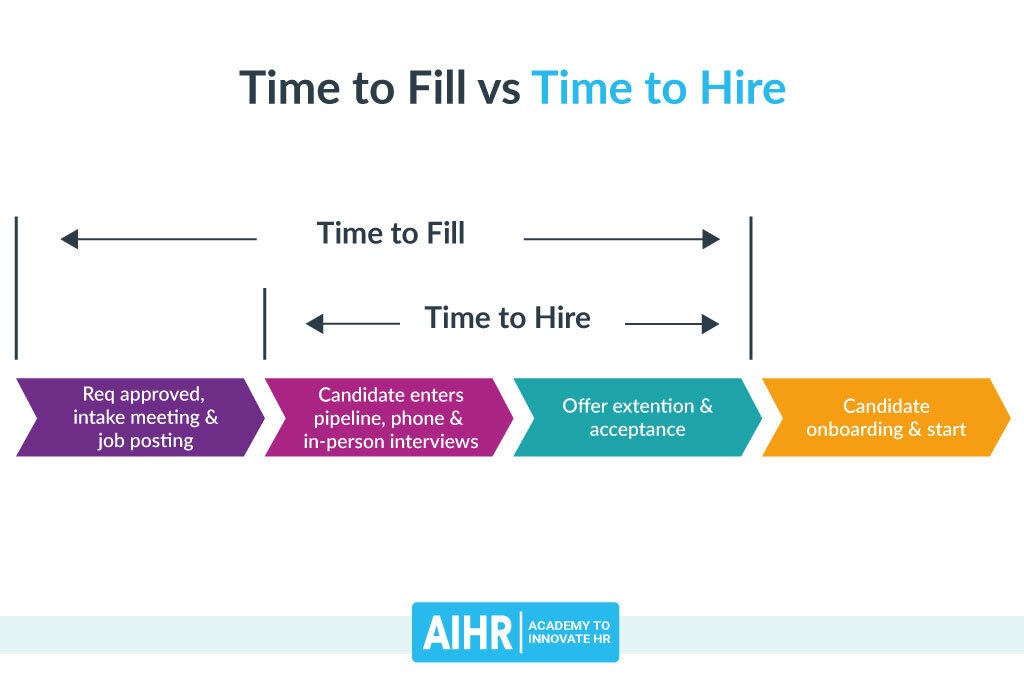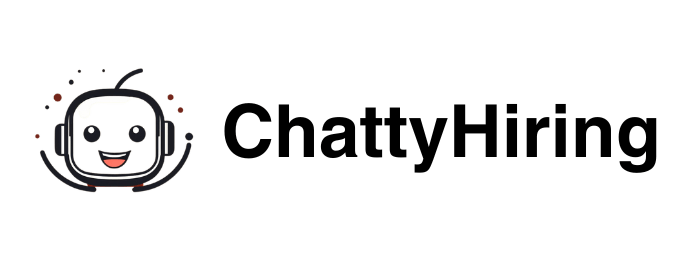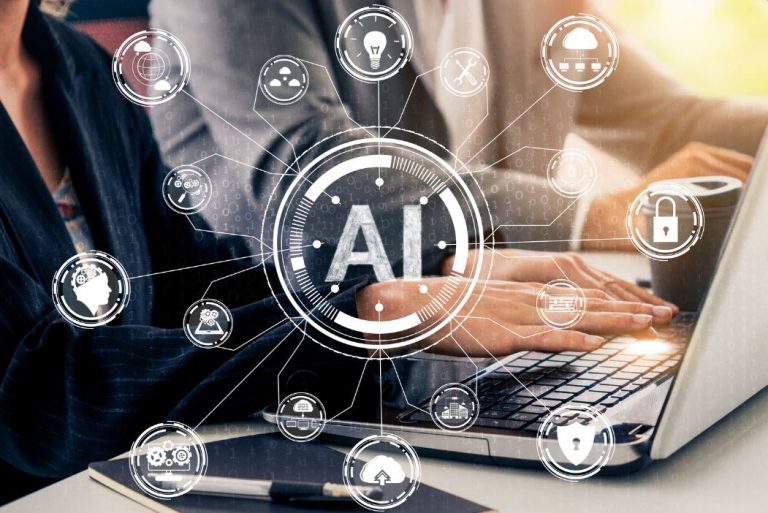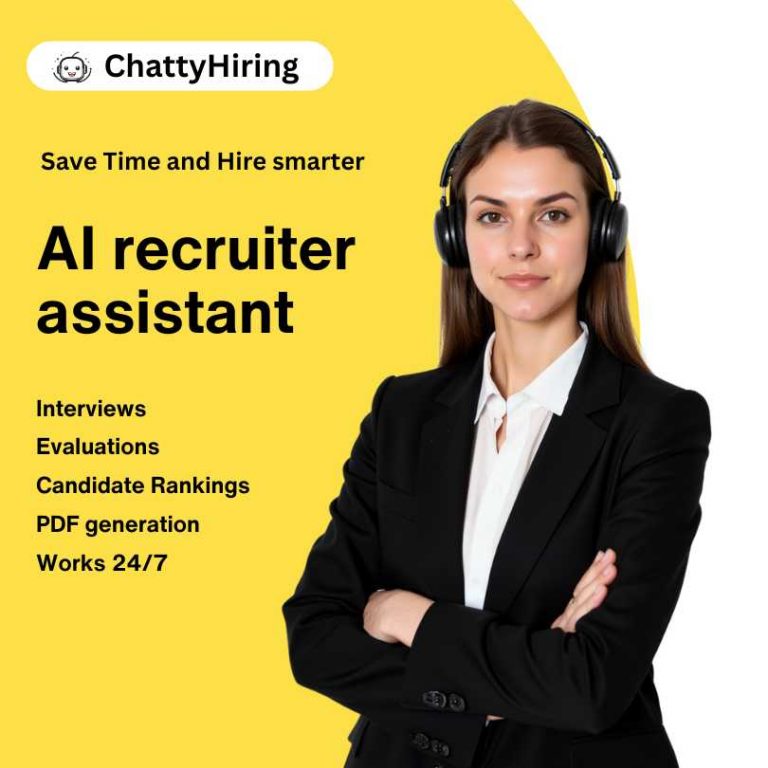Time to Hire is one of the most important KPI for Talent Acquisition teams. In the fast-paced world of talent acquisition and recruitment, time is of the essence. Companies are in a constant race to find and hire the best talent before their competitors do. To excel in this race, talent recruiters and managers must have a deep understanding of “time to hire,” a critical key performance indicator (KPI) in recruitment. In this article, we will delve into the concept of time to hire, explore its significance, and discuss how artificial intelligence (AI) is revolutionizing the recruitment process by reducing time to hire significantly.
Priorities of HR departments
Before we dive into the specifics of time to hire and AI’s role in it, let’s first understand the broader context of HR departments’ priorities. In today’s competitive job market, HR departments face several challenges, including:
How to build a reliable HR team
Today, there are many decions around the functions of HR. The decision to externalize services or perform them in-house is a critical choice that HR departments face, and it can have significant implications for an organization’s overall strategy, efficiency, and cost structure. Each option comes with its own set of advantages and disadvantages, and the choice often depends on various factors, including the organization’s size, industry, resources, and strategic objectives. Let’s explore the options in more detail:
| Aspect | Externalizing HR Services | Performing HR Services In-House |
|---|---|---|
| Advantages | – Expertise access | – Control |
| – Cost savings | – Immediate response | |
| – Focus on core competencies | – Customization | |
| – Scalability | – Data security | |
| – Risk mitigation | – Cohesiveness | |
| Disadvantages | – Loss of control | – Costs |
| – Confidentiality concerns | – Limited expertise | |
| – Communication challenges | – Resource constraints | |
| – Dependency | – Capacity challenges | |
| – Quality concerns | – Compliance risk |
In practice, many organizations adopt a hybrid approach, combining both in-house and externalized HR services to leverage the benefits of both options. For example, they may outsource certain functions like payroll processing or benefits administration while retaining in-house HR teams for strategic initiatives and culture-building activities.
Challenges of Talent Acquisition (TA) teams
If we take a look in depth at the Talent Acquisition functions, there are 4 key relevant topics:
- Talent Scarcity: The demand for top-tier talent often exceeds the supply, making it challenging to find suitable candidates quickly.
- Evolving Job Market: Rapid changes in technology and industry landscapes require HR teams to adapt and find candidates with the latest skills.
- Candidate Experience: In a candidate-driven job market, providing a positive experience is crucial for attracting and retaining talent.
- Compliance and Diversity: Ensuring fair and compliant hiring practices while fostering diversity and inclusion is a complex task.
To tackle these challenges effectively, HR departments rely on various KPIs, and one of the most critical among them is “time to hire.”
What are the most relevant KPIs
Key Performance Indicators (KPIs) are essential metrics that help HR professionals assess the efficiency and effectiveness of their recruitment processes. While there are numerous KPIs to consider, some of the most relevant ones include:
- Time to Fill: The time it takes to fill a job vacancy, from the moment the position is approved to when the candidate accepts the offer.
- Cost per Hire: The total cost incurred to hire a new employee, including advertising, recruitment agency fees, and onboarding expenses.
- Quality of Hire: Evaluating the performance and impact of new hires on the organization.
- Source of Hire: Identifying the most effective channels for finding and attracting top talent.
- Time to Offer: The duration it takes to extend a job offer to a candidate from the first contact.
Among these KPIs, “time to hire” is particularly critical for HR managers and recruiters, as it directly affects the company’s ability to secure top talent in a competitive job market.
What is “Time to Hire” and how to calculate it
What is “Time to Hire”?
“Time to hire” refers to the number of days it takes to complete the recruitment process, from the moment a job opening is created to the moment the selected candidate accepts the offer. This metric provides valuable insights into the efficiency of the hiring process and can be divided into several stages:
- Time to Review Resumes: The time it takes to screen and shortlist candidates based on their resumes.
- Time to Interview: The duration between shortlisting and conducting interviews.
- Time to Offer: The time required to make a job offer to the selected candidate.
- Time to Acceptance: The period until the candidate accepts the offer.
How to calculate “Time to Hire”
To calculate “time to hire,” follow these steps:
- Start date: the candidate enters in the pipeline
- End Date: The end date is the day when the selected candidate officially accepts the job offer.
Calculating “time to hire” for each vacancy can help HR departments identify bottlenecks in their recruitment processes and make data-driven decisions to streamline them.
A very useful way to see this gets reflected in the following picture from AIHR Academy

What Value AI Adds to Interviews
One of the key areas where AI is making a significant impact on “time to hire” is in the interview process. AI-powered interviews are changing the game in several ways:
Screening and Shortlisting
AI can quickly analyze and filter through a large number of resumes, identifying the most qualified candidates based on predefined criteria. This reduces the time recruiters spend on manual resume screening and shortlisting. Tools like Chattyhiring help to minimize the time for recruiters to get relevant information.
Video Interviews
AI-driven video interviews assess candidates’ skills, personality traits, and cultural fit using advanced algorithms. These interviews provide valuable insights into candidates’ abilities, enabling recruiters to make more informed decisions and reduce the time spent on multiple rounds of in-person interviews.
Automated Scheduling
AI can handle interview scheduling, saving recruiters time and ensuring that interviews are arranged efficiently. It can also send reminders to candidates, reducing no-shows and interview rescheduling.
Predictive Analytics
AI analyzes candidate data and interview responses to predict which candidates are likely to be the best fit for the organization. This assists recruiters in focusing their efforts on the most promising candidates.
Continuous Improvement
AI systems can learn from past hiring decisions and continually improve their screening and assessment criteria, enhancing the overall quality of hires over time.


What is the Future of Hiring Managers
The future of hiring managers looks promising with the integration of AI into the recruitment process. Here are some key trends and possibilities on the horizon:
Enhanced Candidate Experience
AI-driven chatbots and virtual assistants for recruiters will provide instant responses to candidate inquiries, improving their experience throughout the hiring process.
Data-Driven Decision-Making
AI will continue to provide valuable insights into the effectiveness of various recruitment strategies, helping HR teams allocate resources more efficiently.
Global Talent Pool
AI will enable organizations to tap into a global talent pool by facilitating remote hiring and cross-border recruitment.
Bias Reduction
AI can help reduce unconscious bias in hiring decisions by focusing on objective criteria and removing personal biases from the process.
Upskilling HR Professionals
As AI takes on more routine tasks, HR professionals will have the opportunity to upskill and focus on strategic talent acquisition and retention initiatives.
In conclusion, “time to hire” is a critical KPI in the world of talent acquisition, and AI is playing a pivotal role in reducing it significantly. By automating and streamlining recruitment, AI empowers HR departments to secure top talent quickly and efficiently. This is extremely relevant to have a competitive edge in today’s job market.
As AI continues to evolve, the future of hiring managers looks promising. There will be more opportunities to improve candidate experience and take data-driven decisions. Companies will be able to be more inclusive and efficient in their recruitment practices.
Embracing AI is no longer an option but a necessity for HR professionals.
-

A passionate advocate for the future of HR innovation. With expertise in leveraging AI to revolutionize recruitment processes, Carlos has a clear vision: empower HR teams while creating meaningful candidate experiences.
View all posts





